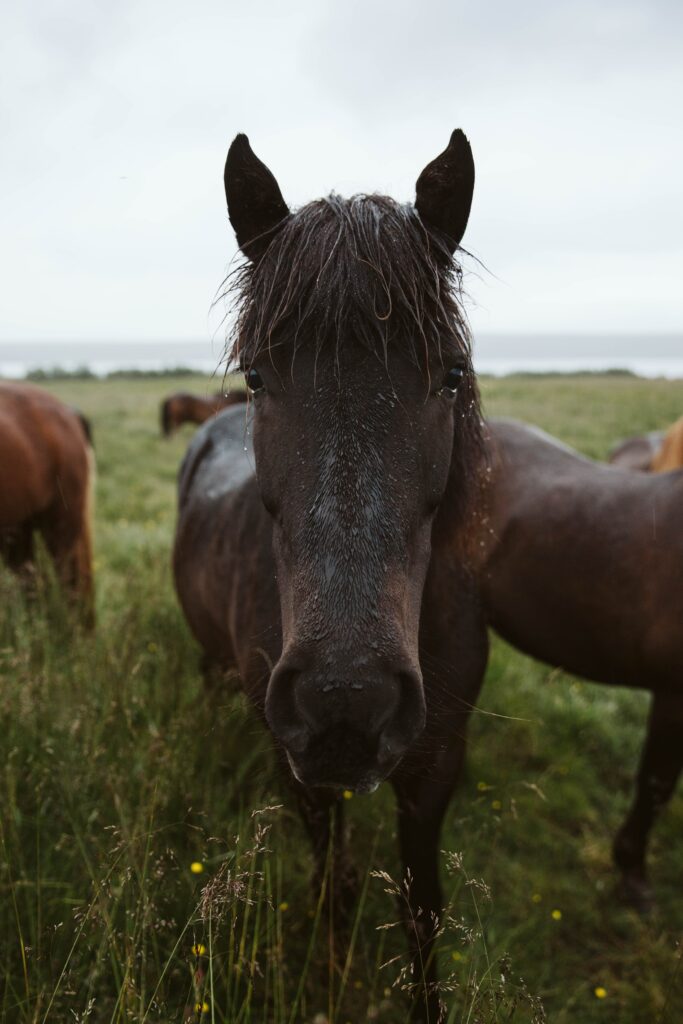Why does my horse need a feed ration?
Concentrate, feed supplements and roughage. There is so much to stay on top on while calculating a proper feed ration for your horse. Just like for humans, it is extremely important for our horse’s well-being to have well adapted diet.
What is a feed ration?
A feed ration is a carefully calculated combination of the different components that constitutes your horse’s diet. All horses are different. Some are high performing athletes, and some are just happy horsies enjoying a hack now and then. Moreover, all horses have different needs when it comes to both the amount of energy and nutrients in their feed. With this said, every horse deserves an individually adapted feed ration.
How do I calculate my horse’s feed ration?
The roughage is the most important part of your horse’s feed ration and should be viewed as the foundation of your horse’s diet. One of the most basic guidelines to keep in mind when calculating your horse’s feed ration is that you should feed your horse a minimum of 1 kg of roughage per 100 kg body weight a day. For younger horses, high performing competition horses and pregnant and lactating mares is 1,5-2kg of roughage per 100 kg body weight a day a recommended guideline.
How do I calculate the quota composing feed ration?
Understanding how high the protein levels in your roughage are is an essential part in calculating your horse’s feed ration. Calculate the quota by dividing the amount of digestible crude protein with the amount of metabolizable energy. By doing this, you will find out if the protein level in your roughage is low, average or high.

What happens if my horse doesn’t get fed enough protein?
Too little protein can cause the horse to lose muscle or simply make it difficult to build muscle. If this happens to your horse, you must doublecheck its feed ration. The reason behind the protein deficit might be a lack of protein in the feed ration, that it consists of the wrong type or protein or that the energy levels in the feed ration are too low. If so, the horse will start “stealing” from its protein depot and use it as an energy resource.

As mentioned earlier, the roughage should always be considered the foundation of your horse’s feed ration. Concentrate can be seen as a type of complement, and contains both more fat, protein and starch than roughage. Here, a basic guideline is that your horse should not be fed more than 150 g of starch per 100 kg body weight/feeding.
Why give your horse feeding yeast?
- Can improve appetite.
- It’s good for your horse’s hooves and coat.
- Helps if your horse has stomach issues.
- Helps the stomach if your horse is treated with antibiotics.
- Can help your horse to gain weight and build muscles.
- Good for stressed or high performing horses.
- Can help start a mare’s estrus.
Ridesum + feed ration = smart and smooth horse management!
Keep track of everything concerning your horse by gathering it in one place! Ridesum wants to make your horse life easier, in every possible way. Use our new feature, “Daily feed”, to add your horse’s feed ration to the app, and share it with the rest of your team – for smarter and smoother horse management!







